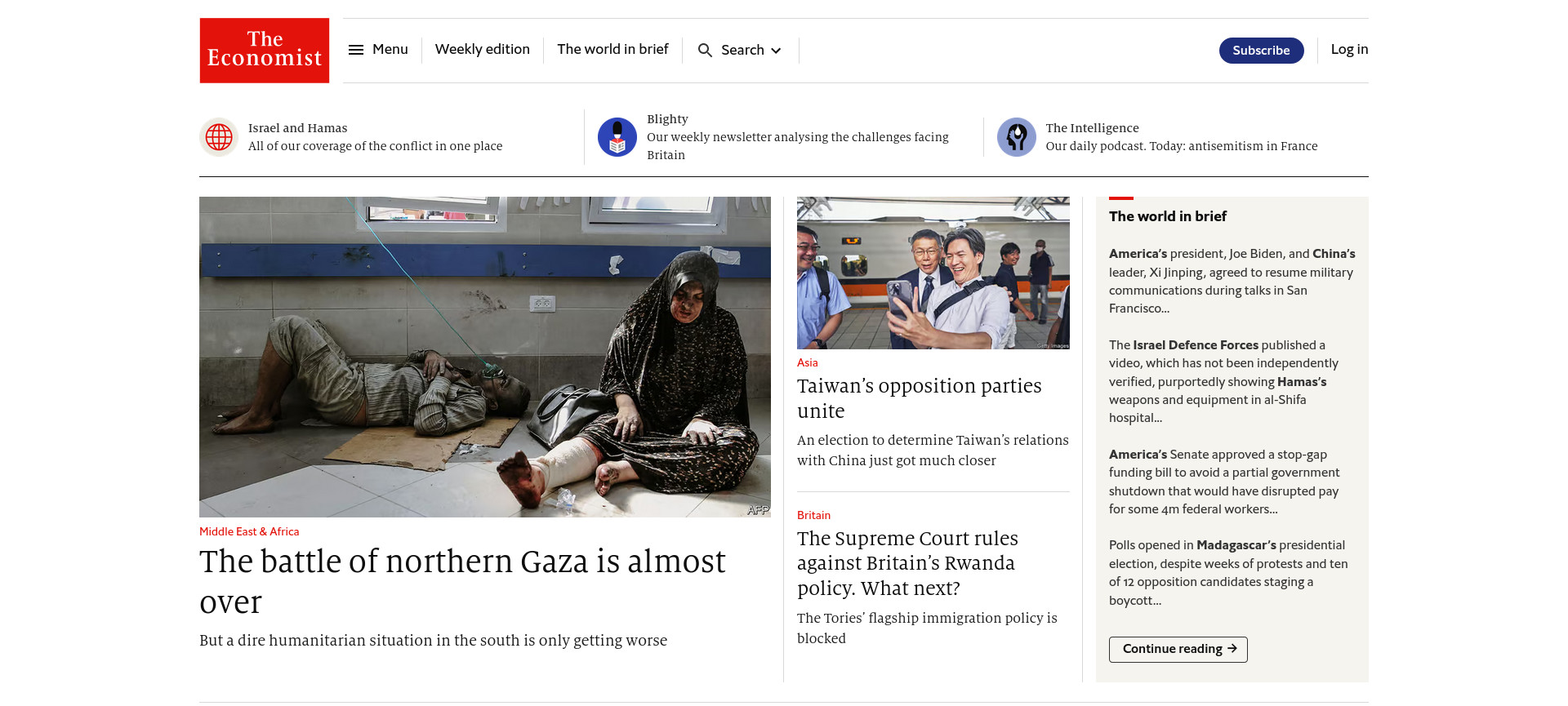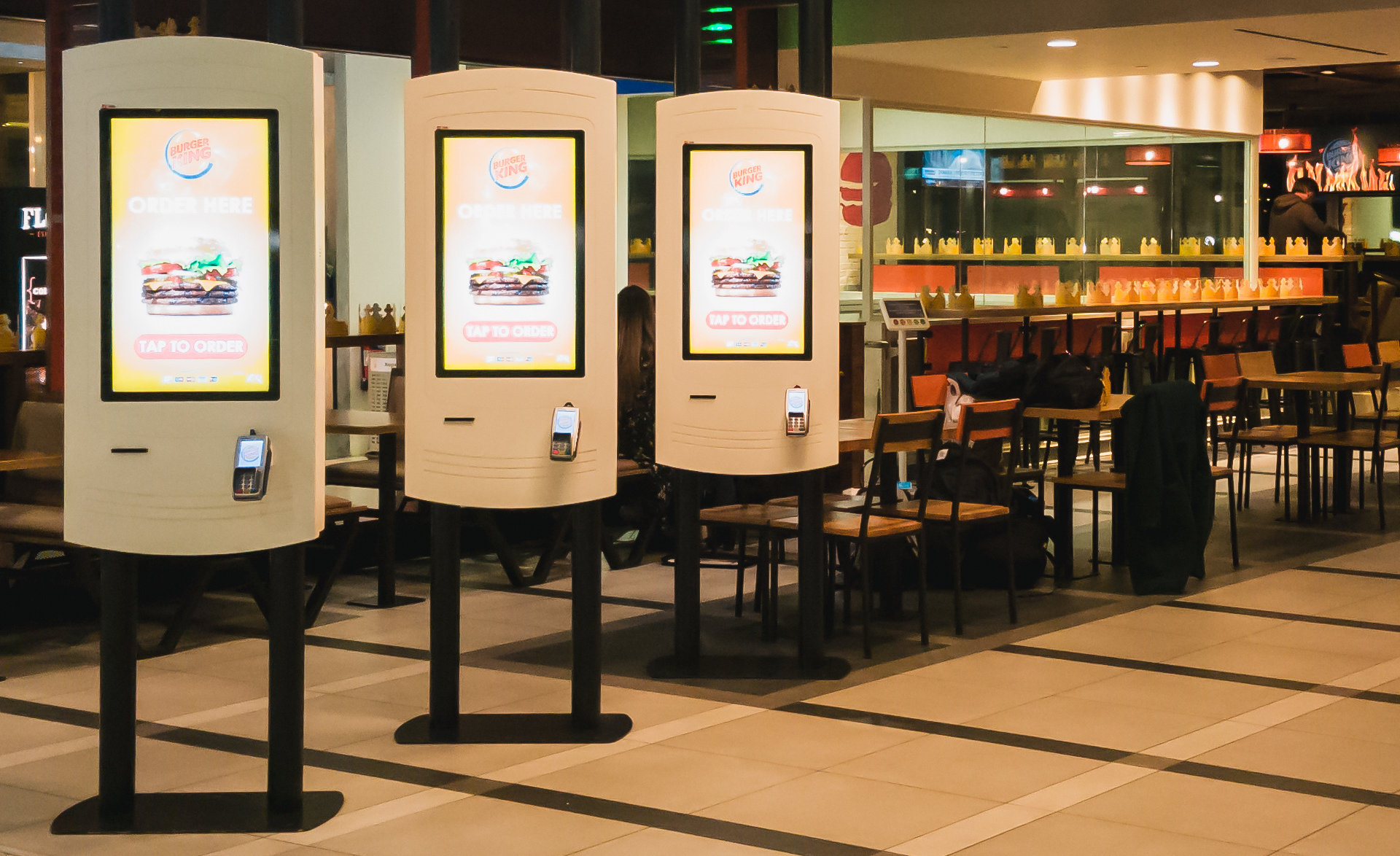The need for organisations to be closer to their audiences, for consistent messaging, and to deliver those messages efficiently to the people who matter is persistent. Traditional content management systems coupled with a front-end undermine this consistency and efficiency since the same model often has to be changed and adapted to suit a different channel or medium. Cue the headless CMS.
Half of what you’re used to
If we take the typical CMS and break it down into a few constituent parts, then we have the following: user-generated information, the backend where that information is managed, and the front end where that information is displayed. When we remove the front end from the CMS, we’re talking about a headless CMS.
That doesn’t mean that the content isn’t displayed anywhere. Instead, organisations can now build custom front-ends for websites, mobile apps, digital displays, etc. while using application programming interfaces (APIs) such as RESTful API or GraphQL API to access and display the required information.
It’s worth noting that “decoupled CMS” is a term often used interchangeably with headless CMS, though they might not be the same thing (depending on who you talk to). Where a headless CMS is purely a backend, a decoupled CMS often includes a built-in front-end that can be used to display content or be replaced by a custom front-end.
Benefits of Using a Headless CMS
Where a traditional CMS can also be referred to as a monolithic CMS, a headless CMS is modular. This provides several important advantages:
Highly customisable
The modular nature of a headless CMS provides organisations with complete control over the presentation layer. This means developers can choose the frontend framework or technology that best matches the project’s requirements.
Enhanced Performance
Without the overhead of rendering a front end, a headless CMS can deliver content faster. This is especially beneficial for high-traffic websites or applications that demand quick load times.
Centralised content hub
With a headless CMS content for all platforms can be managed from a central location, and delivered where necessary with the appropriate API transactions. This ensures a consistent content experience whether on a website, mobile apps, smart devices, etc.
Simplified maintenance
Updating the CMS or making changes to the content structure doesn’t necessarily impact the front-end presentation. This separation allows for smoother maintenance and updates.
Easy scalability
Since the front end and back end of a headless CMS are separate, either can be scaled without affecting the other. This facilitates more granular control not only over the CMS and the presentation layer, but also over resources.
Future proof
There’s no front end, which means it’s easier for organisations to adapt to new technologies as they emerge without having to undergo expensive large-scale data migrations to new technologies.
Better security
Given the absence of a front end, a headless CMS provides a smaller attack surface than a conventional CMS.
Uninterrupted workflows
Developers and content curators / creators can work in parallel without disrupting the other’s workflow.
Use cases
The examples below show various environments where a headless CMS can be implemented – with the one-to-many ratio (headless CMS: front-end display) often the driver for implementation.
eCommerce: With headless eCommerce, the CMS can integrate with various eCommerce platforms on different channels. Since content is retrieved from the same source for all platforms, consistent messaging and branding are present regardless of the channel.
Global localisation: Organisations that need to serve content to different regions in different languages can serve their content from a single repository.
Marketing: A headless CMS can help marketers curate content intended for different channels. Subsequent integration with these channels (e.g. social media, email newsletters, and landing pages) maintains consistent tone and messaging across different channels.
Mobile applications: Content can be separated from the app with a headless CMS. Content can then be updated without touching the app’s codebase.
Internet of Things (IoT) applications: A headless CMS can simplify the management of information and updates pushed to IoT devices (e.g. information kiosks, and smart home devices).
Rapid Prototyping and Agile Development: Teams working with agile methodologies can benefit from a headless CMS as it allows for rapid prototyping and quicker iterations over the front end without impacting the backend content structure.












